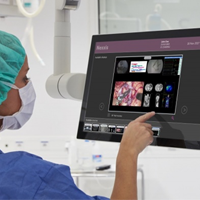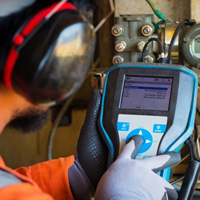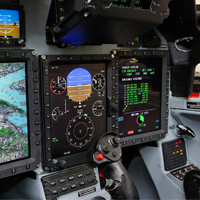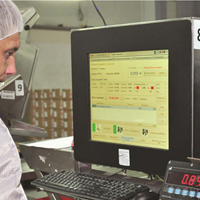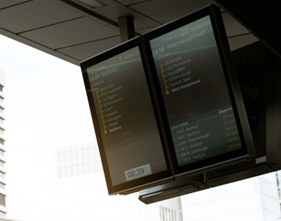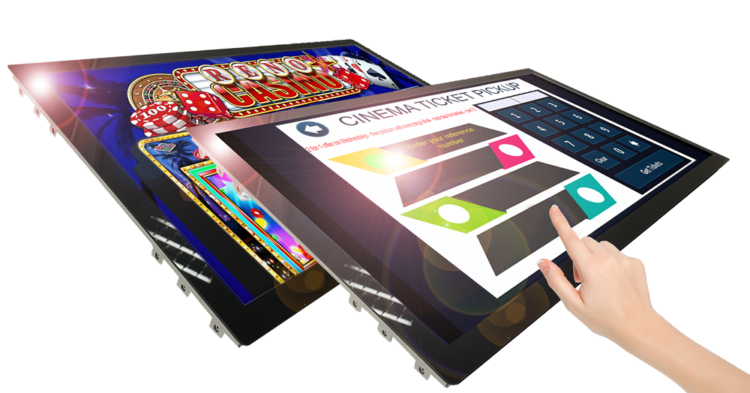Tablets are cost effective and successful for kiosk projects but there are many factors to consider when choosing the tablet for your project.
- The Android operating system for devices is a system that is designed especially for the fast pace consumer market where the OS is updated every year with new features. In the kiosk industry, these features are not so important, and the focus is more on stability. Making sure which version of OS that your application supports and sticking to it will help eliminate many unnecessary reworks of your application.
- Check the Hardware Electronics – There are many low-cost tablets out there in the market that look and work exactly like a premium tablet, so what is the difference? Low cost tablets tend to use storage chips such as NAND flash and these have a limited read and write cycle. Meaning the system stored inside will become corrupted after a period and the tablet will fail to start. Our displays have a dedicated controller inside in which regulates the data stored and thus creates stability for the entire system. Components’ durability is not such an important aspect for consumer tablets as they tend to use capacitors that operate at a lower temperature rate. This doesn’t negatively affect them as the tablets are only used for a brief period unlike kiosks which are mainly operational 24/7.
- Multiple I/O – Barcode readers, printers, card swipe and now RFID and NFC are some of the common essential modules which can be added. This requires a lot of I/O such as USB and RS-232 from other requirements. Consumer tablets do not have this since the design needs to be portable and the average consumer will not need that amount of I/O. Cost is another issue as more electronics components and module drivers in the firmware are needed to generate the power for these modules. Consumer brands usually will not need most of these add-ons, but it is a huge factor for many kiosk projects.
- Firmware and Hardware Compatibility – Although all tablets run Android OS, they all work differently. This is because some are modified by the company (e.g. HTC, Samsung) and some use different processors in which a different set of IP of decode videos etc are used. The same application might work well with one brand, but would cause a few bugs in the other brand. It is best to stick with one hardware so that the application would be stable during deployment. Some firmware developers would also delete Google plugins inside the Android OS, this helps optimise system speed and also blocks out unnecessary apps.
- Customisation – different modules, screen sizes, touch interface, housing, colours, etc. Most tablets in the market can only go up to 10″ or maybe 22″ for a few. But the requirements also extend to touch interface (IR or Capacitive) and much more. If these adjustments could be possible in the future, then you shouldn’t opt for a consumer tablet.
Check out our N-Series range of Android Tablets, designed as a self-service kiosk.
Interested further in our displays for Kiosk? Please check out our Open Frame Monitors
Or to simply find out more information about this product and request data sheets contact the team via email or call our UK main office +44 (0) 1634 327420.


